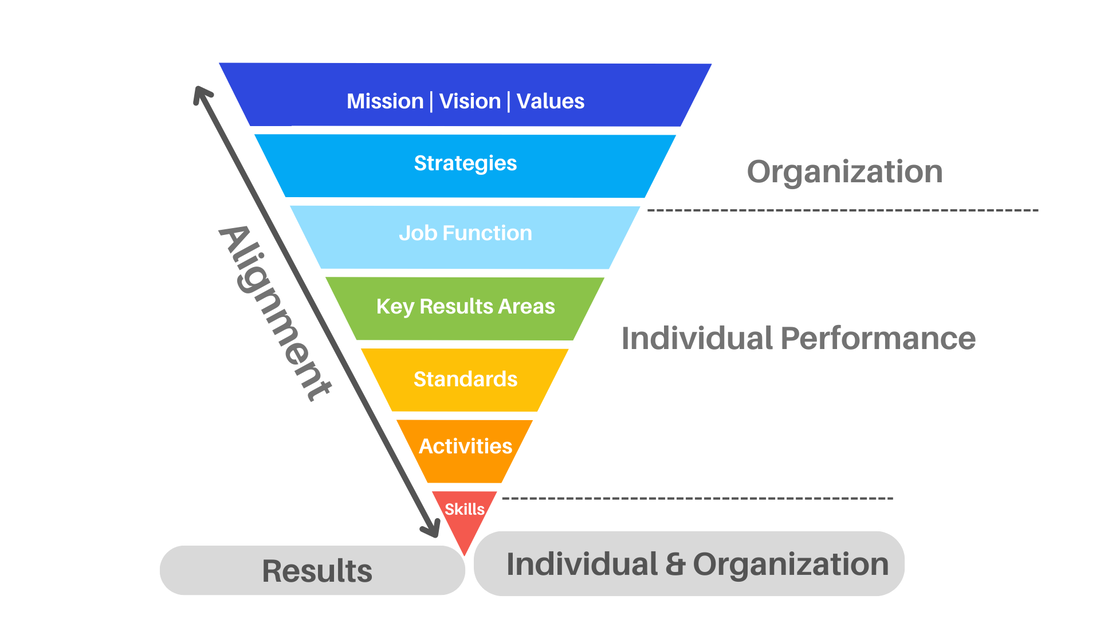|
Increasing employee engagement is key to helping them focus on achieving overall organizational strategies and become comfortable partners in leveling up annual goals. What if you could increase employee engagement through their performance evaluations? Two of the top five common tips are offering professional development opportunities and ensuring effective communication channels. Yet according to Leadership IQ’s study of 3,577 employees, the vast majority don’t think that their organization is fostering their career growth. (Link to full article here.)
So offering professional development opportunities is not happening. Many articles on effective communication in the workplace include communicating organizational goals, changes, and updates; encouraging open and transparent conversations between employees and leaders; and providing constructive feedback See if this evaluation scenario seems familiar. Bill receives a copy of his annual performance review and quickly becomes confused. Under 'maintains good relationships with donors,' he receives only a 3 out of 5 and no explanation for the rating. Bill prides himself on his ability to establish rapport with all donors, so the ranking stings. He goes in to talk to his boss. Joe states that Bill does not regularly engage in casual conversations with donors, which might result in more contributions. Bill responds that nobody ever directed him to do that, and Joe claims it should have been obvious given his role. Bill leaves with low morale — why wasn't he informed about this particular measure sooner? Does that sound like clear communication to you? Will this evaluation help Bill align his activities to fund development and donor stewardship? I suspect Bill was being evaluated based on his job description, which is the default for many organizations. Yet job descriptions tend to address a list of job duties which are essentially the minimum requirements of a position and are typically not measurable. The other type of evaluation I see is one that someone else sets for you and is often aspirational and sometimes arbitrary – “Secure $500,000 in new donations”. Arguably there is a number in there, but so what? The individual could do all the right things towards attaining that goal –identifying and targeting prospective donors, putting them into the “gift funnel,” staying on top of communications, visits, etc. The problem is no one can control what the prospect does. Here's one solution. Let everyone in your organization know exactly what the strategic goals are for the upcoming year. Ask them to think about how they can help achieve as many of these goals as possible and to write down what activities they would engage in. Then give them an assignment: Design your performance evaluation using SMART goals around those activities tied to a specific organizational goal. Bullets in their job description are off-limits (those are minimum requirements). And they must include professional development as a goal – especially for something that is outside their current experience. Set a deadline for submitting their draft to their manager. Give yourself a deadline for giving comments on the draft to each employee. Then set a meeting for you and your employee to discuss and revise the document together until both are satisfied. Ask your employee to prepare a final version for both of you to sign. Set quarterly meetings so that employees can update you on their progress and brainstorm about how best to remove roadblocks. Now, each individual’s actions are aligned with the strategic plan, and you’ve built a rapport that will allow employees to come to you when they need help. And “Bill” will never again have to wonder why he didn’t know what he was being evaluated on, and he’s learned to take charge of his professional development, with the organization’s support. Performance results description framework.
The Performance Results Description (PRD) serves as a comprehensive tool for role alignment, goal measurement, and accountability within an organization. By delineating and measuring goals, it provides clarity on responsibilities and ensures that everyone is focused on accomplishing the mission on a daily basis. Additionally, the PRD functions as a time management tool, employing the "80/20 Rule" where 80% of an employee's time should be dedicated to important tasks. This allows employees to prioritize their work by focusing on the Key Results Areas outlined in their PRD. The development of the PRD is a collaborative process. It involves input and participation from both the employee and the manager within the organization. This collaborative approach ensures that the PRD accurately reflects the employee's role and responsibilities while aligning them with the organization's objectives. The PRD becomes a powerful tool for fostering engagement, accountability, and a shared understanding of what needs to be achieved. An added bonus is that both employees and their managers can continuously track their progress and check in more often than once a year.
0 Comments
|
Archives |
